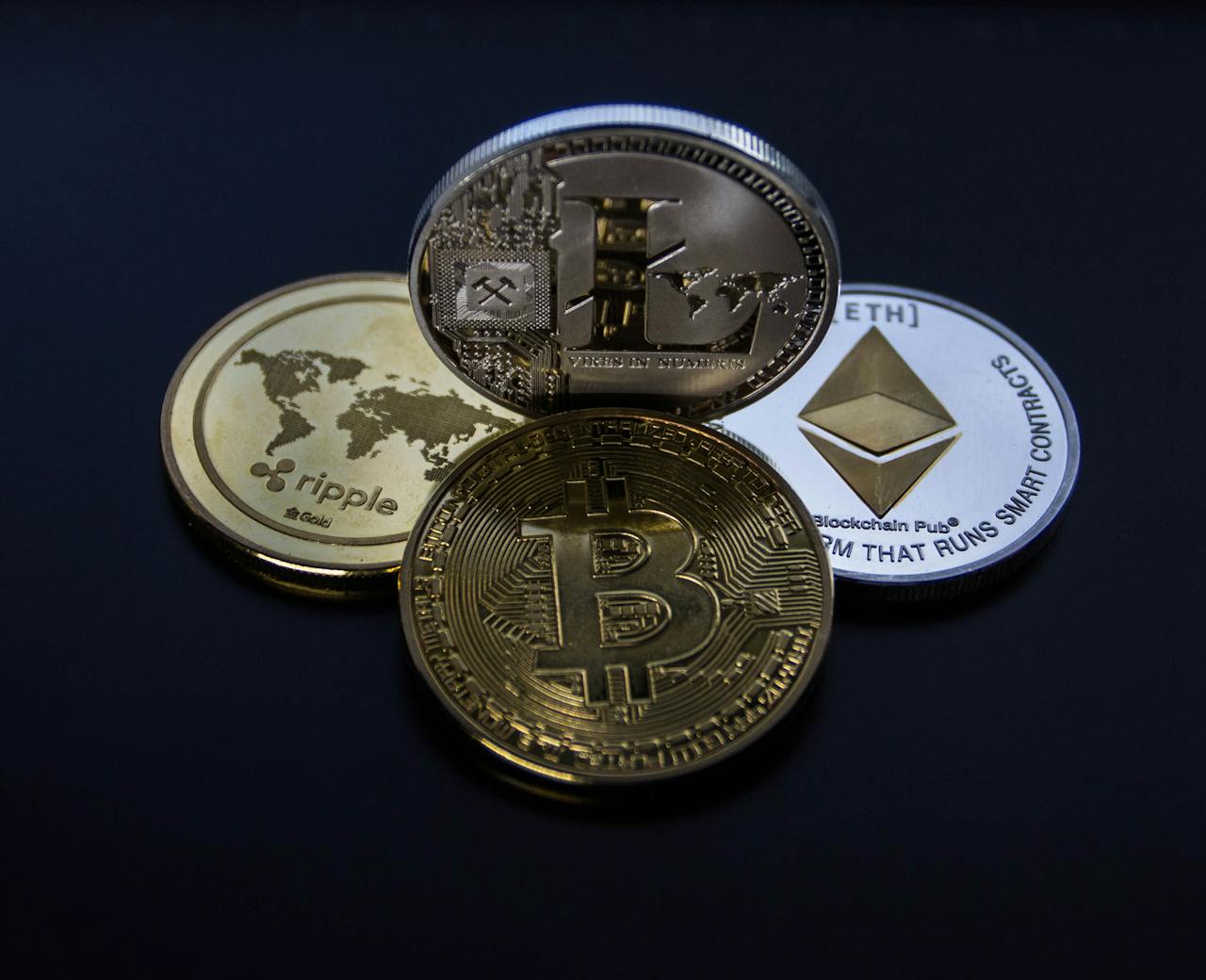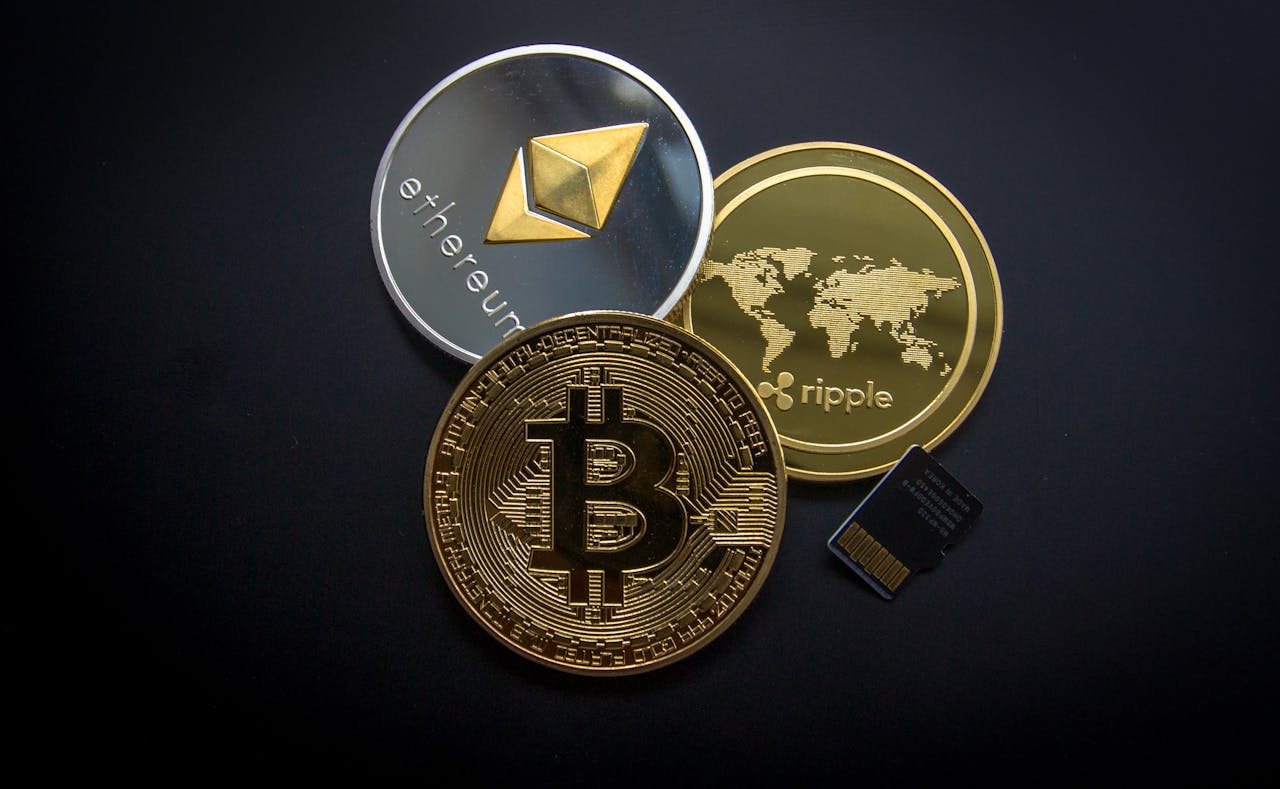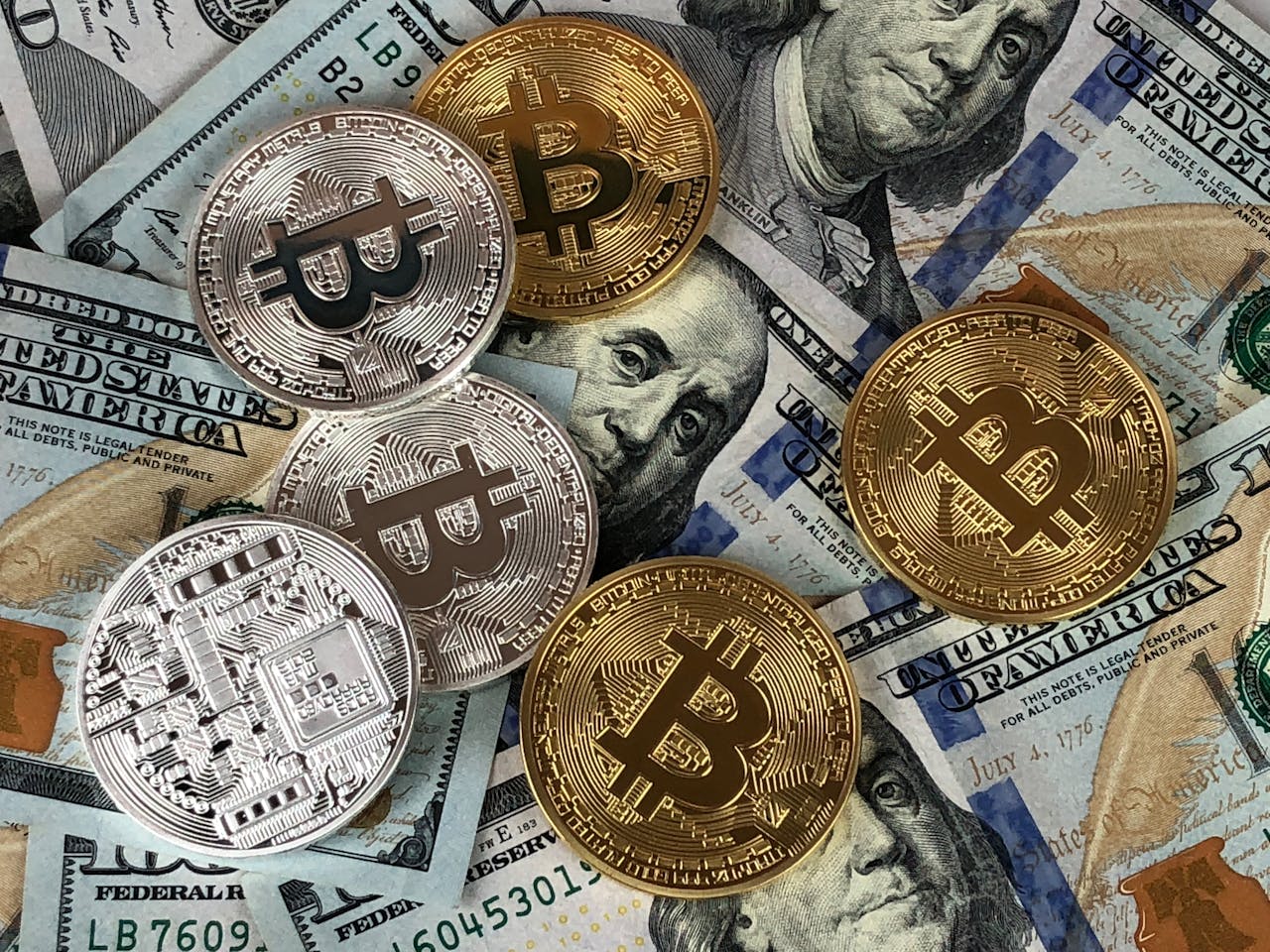Cryptocurrency trading has evolved significantly over the past few years, with countless exchanges offering different services to cater to every type of trader. Whether you are a beginner or an experienced trader, choosing the right cryptocurrency exchange can make all the difference in your trading experience. This guide will walk you through the top cryptocurrency exchanges, comparing their fees, security measures, and key features to help you find the best platform for your needs.
1. Understanding Cryptocurrency Exchanges
Before diving into the specifics of each exchange, it’s essential to understand the two main types of exchanges:
- Centralized Exchanges (CEX): These are platforms operated by companies that act as intermediaries between buyers and sellers. Examples include Binance, Coinbase, and Kraken. They often provide a more user-friendly experience, high liquidity, and advanced trading features but require users to trust the platform to hold their funds.
- Decentralized Exchanges (DEX): These platforms, like Uniswap and SushiSwap, allow direct peer-to-peer transactions without an intermediary. They are usually more secure since users maintain control of their funds but may have lower liquidity and higher complexity.
2. Top Cryptocurrency Exchanges in 2024
Let’s explore the top cryptocurrency exchanges based on fees, security, and features.
1. Binance
- Fees: Binance is known for its competitive fees, offering a flat trading fee of 0.1%, which can be reduced further by using their native token (BNB) or through high-volume trading.
- Security: Binance uses two-factor authentication (2FA), withdrawal address whitelisting, and has a Secure Asset Fund for Users (SAFU) to cover potential losses in the event of a hack.
- Features: Binance offers a wide range of cryptocurrencies, advanced trading tools, futures and options trading, staking, and an NFT marketplace. It also has a user-friendly mobile app, making it suitable for both beginners and advanced traders.
2. Coinbase
- Fees: Coinbase’s fees are relatively higher, starting at around 0.5% per trade, plus additional charges depending on payment method and region. Coinbase Pro, the advanced version, offers lower fees starting at 0.04% for high-volume traders.
- Security: As one of the most reputable exchanges, Coinbase employs robust security measures, including 98% of assets held in cold storage, 2FA, and biometric logins. It also provides insurance for funds held in its custody.
- Features: Coinbase is ideal for beginners due to its intuitive interface, educational resources, and ease of use. It also offers a variety of cryptocurrencies, a built-in wallet, and staking options.
3. Kraken
- Fees: Kraken’s fees are relatively low, ranging from 0.16% (maker) to 0.26% (taker). For higher volume traders, fees can drop to as low as 0% (maker) and 0.10% (taker).
- Security: Kraken is known for its strong security features, including encryption, two-factor authentication, and global settings lock. It has never been hacked and consistently ranks as one of the most secure exchanges.
- Features: Kraken supports a broad range of cryptocurrencies and fiat currencies. It offers margin trading, futures trading, staking, and an intuitive mobile app. Kraken is ideal for both beginners and experienced traders looking for a secure and comprehensive platform.
4. Uniswap (DEX)
- Fees: Uniswap charges a flat 0.3% fee for swaps, which can be higher than some centralized exchanges. However, there are no deposit or withdrawal fees since the exchange operates on the Ethereum blockchain.
- Security: As a decentralized exchange, Uniswap allows users to retain full control of their funds. Its open-source nature adds an extra layer of transparency, although it does come with the usual risks associated with smart contracts.
- Features: Uniswap supports any ERC-20 token, making it highly versatile for traders looking to access a wide range of assets. It also offers liquidity provision options, allowing users to earn fees by providing liquidity to the platform.
5. KuCoin
- Fees: KuCoin offers competitive fees starting at 0.1%, which can be further reduced by holding their native token (KCS) or through high trading volumes.
- Security: KuCoin employs multiple layers of security, including micro-withdrawal wallets, multi-factor authentication, and an insurance fund to protect users against hacks.
- Features: KuCoin supports a vast array of cryptocurrencies, futures trading, staking, lending, and margin trading. It also has a user-friendly app, making it a popular choice for global users.
3. How to Choose the Right Exchange for You
When selecting a cryptocurrency exchange, consider the following factors:
- Fees: Consider both trading and withdrawal fees, as they can significantly impact your profits over time. Some exchanges offer discounts for high-volume traders or for using native tokens.
- Security: Look for exchanges with strong security measures such as 2FA, cold storage, and insurance funds. Also, check the exchange’s track record regarding hacks or breaches.
- User Experience: Beginners might prefer exchanges with a simple and intuitive interface, while experienced traders may look for advanced tools, order types, and trading options.
- Supported Cryptocurrencies: Ensure the exchange supports the cryptocurrencies you wish to trade. Some exchanges offer a wide range of coins, while others focus on a select few.
- Payment Methods: Consider the payment options available for deposits and withdrawals. Some exchanges support bank transfers, credit cards, and even PayPal, while others may only accept cryptocurrency deposits.
- Regulation and Compliance: Ensure the exchange complies with regulations in your country and has proper licenses. This provides an added layer of security and protection.
4. Conclusion
Choosing the right cryptocurrency exchange depends on your specific needs, whether you prioritize low fees, strong security, a user-friendly interface, or access to a wide range of coins. This guide should help you make an informed decision by highlighting the strengths and weaknesses of some of the top exchanges in 2024. Remember always to do your research and consider diversifying your assets across multiple platforms to mitigate risk. Happy trading!


